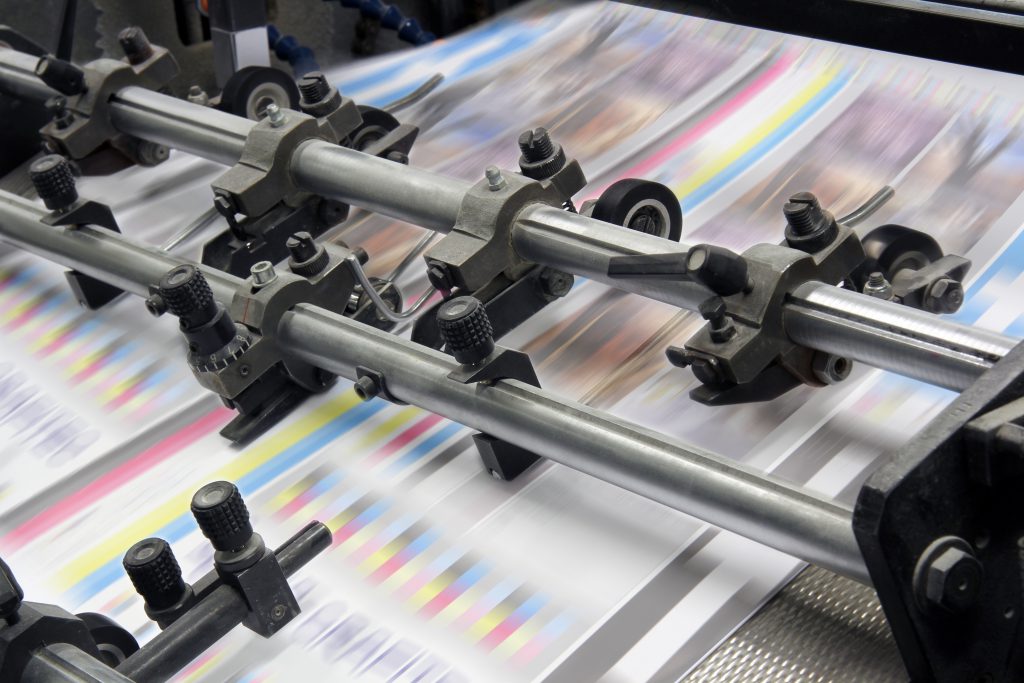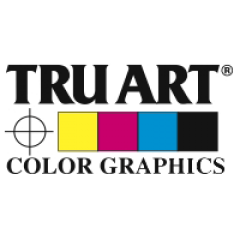
In the digital age, businesses often focus heavily on online marketing channels, leaving traditional methods like print in the shadows. However, printed marketing materials—such as brochures, flyers, and direct mail—are far from obsolete. These tangible assets play a pivotal role in enhancing brand visibility and customer engagement. Understanding how to leverage these tools effectively can set your business apart in a crowded marketplace.
The Power of Tangibility in a Digital World
One of the unique strengths of printed marketing materials is their physical presence. Unlike digital ads that disappear with the click of a button or the swipe of a finger, printed materials provide an impression. A well-designed brochure or flyer can sit on a potential customer’s desk for days, weeks, or even months, serving as a constant reminder of your brand.
Tangible items like brochures and business cards are also more personal. They involve physical touch, which can create a sensory experience that digital media cannot replicate. This tactile interaction builds a psychological connection between the consumer and your brand, making it more memorable.
The Benefits of Brochures and Flyers for Brand Visibility
1. Comprehensive Information Delivery
Brochures and flyers allow businesses to present detailed information in an organized manner. Unlike a quick social media post or a banner ad, brochures can include company history, product details, testimonials, and even call-to-action elements—all in one place. This comprehensive approach helps potential customers gain a fuller understanding of your offerings.
2. Versatility in Distribution
Brochures and flyers can be distributed in various settings, from trade shows and networking events to direct mail and storefronts. This versatility ensures that your marketing message reaches a wide audience, including those who may not be active online.
3. Cost-Effective Marketing Tool
When compared to digital advertising, which often requires constant investment to maintain visibility, printed materials can be more cost-effective over time. Once produced, they have a long shelf life and can be distributed as needed without additional expenses.
Direct Mail: A Powerful Tool for Customer Engagement
Direct mail, often overlooked in favor of email marketing, remains one of the most effective ways to engage customers. Research shows that direct mail boasts a higher response rate than email, with 70% of people feeling more valued when they receive direct mail compared to just 30% who feel the same about email.
1. Personalization and Targeting
Modern direct mail campaigns can be highly personalized and targeted. With variable data printing, you can customize messages, offers, and even images based on the recipient’s demographics, past purchases, or location. This level of personalization enhances customer engagement and increases the likelihood of a response.
2. Tangible Call to Action
Direct mail pieces, such as postcards or catalogs, often include tangible call-to-action elements like coupons or QR codes, driving recipients to take immediate action. These physical reminders are harder to ignore than digital CTAs, which can be easily scrolled past or deleted.
3. Measurable Impact
Contrary to the myth that print marketing is difficult to track, direct mail’s impact is highly measurable. Using techniques like personalized URLs (PURLs) and QR codes, businesses can track who interacts with their mailers and measure campaign success.
Integrating Print with Digital Marketing for Maximum Impact
While print marketing has its distinct advantages, combining it with digital efforts can yield even greater results. A cohesive multi-channel strategy ensures that your brand stays top-of-mind across various touchpoints.
1. Drive Online Traffic with Print
Incorporate QR codes and personalized URLs in your printed materials to seamlessly bridge the gap between print and digital. These elements can direct recipients to your website, social media pages, or a custom landing page, offering them a convenient way to learn more about your products or services.
2. Retargeting Opportunities
Use print materials as part of a retargeting strategy. For example, after a potential customer visits your website but does not convert, sending them a personalized brochure or postcard can reignite their interest and bring them back to your site.
3. Social Media Integration
Encourage customers to share their experience with your printed materials on social media. You can create a branded hashtag or run a contest for those who post photos of your materials in creative ways. This user-generated content extends the reach of your print campaign and enhances brand visibility online.
SEO Strategies for Printed Marketing Materials
While SEO is traditionally associated with digital content, you can use similar principles to optimize the effectiveness of your printed materials.
1. Keyword-Rich Content
Use keyword-rich content in your brochures and flyers to align with your digital messaging. For instance, if your digital SEO strategy focuses on “custom printing solutions,” make sure this phrase appears in your printed materials as well. Consistency across channels strengthens your brand message.
2. Use of Analytics
Track how recipients interact with your printed materials by using unique tracking mechanisms like QR codes and PURLs. Analyze this data to refine your future print and digital marketing strategies.
3. Leverage Local SEO
If your business serves a specific geographic area, emphasize your location in your printed materials. Include local keywords and references to local events or community involvement to establish a stronger connection with your audience.
Conclusion
Printed marketing materials are not just a relic of the past—they are a powerful tool that, when used strategically, can significantly enhance your brand visibility and customer engagement. By integrating these tangible assets with your digital efforts, you can create a comprehensive marketing strategy that stands out in today’s crowded market. So, the next time you plan a campaign, remember to think beyond the screen and put the power of print to work for your brand.

